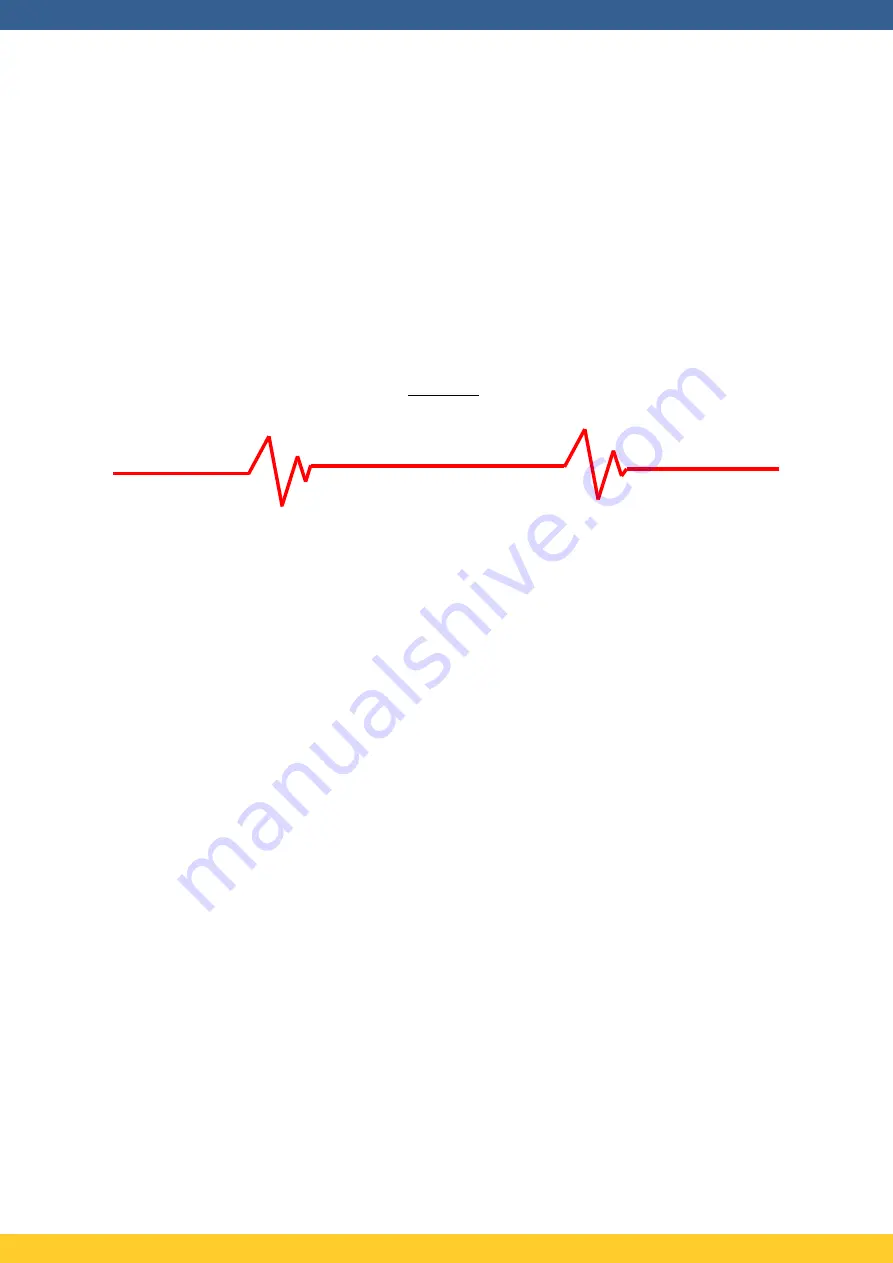
11
2.4
Heart rate training
A heart rate is the average number of heart beats per minute, and a heart beat is when the heart
contracts to pump blood through the body. In order to calculate your maximum heart rate (MHR),
follow the instructions below.
Men
– Deduct your age from the number 220.
Women
– Deduct your age from the number 226.
Example (Women): 226 – age 45 years = 181 MHR.
Why heart rate training is important?
It is advisable to keep track of your maximum heart rate when exercising as it can be used to measure
whether the exercise you are performing is actually enough to raise your heart rate to a satisfactory
level. If you learn to understand the different types of heart rate and what they entail, you can better
understand your body and improve your overall fitness and health.
In order to indicate the overall health of your heart and your fitness level, measure your resting heart
rate. The higher your resting heart rate, the more effort the heart needs to make in order to pump blood
through the body. The lower your resting heart rate, the better your condition.
Below are guidelines for the recommended heart rate level for each type of
training.
50-60%
of maximum heart rate = very low intensity training
Warming up or walking while still keeping a normal conversation.
60-70%
of maximum heart rate = low intensity training
Your level of fitness is improved as well as your body is burning off fat for fuel.
70-80%
of maximum heart rate = medium intensity training
The level of endurance is improved, the lungs are strengthened and the oxygen uptake is higher.
80-90%
of maximum heart rate = high intensity training
Very straining, the ability of oxygen uptake is stronger as well as milk acid durability. Alternate with
low intensity training.
90-100%
of maximum heart rate = high intensity elite level.
Extremely straining with high levels of milk acid. Usually used by elite athletes during interval
training.
www.bungypump.com












































